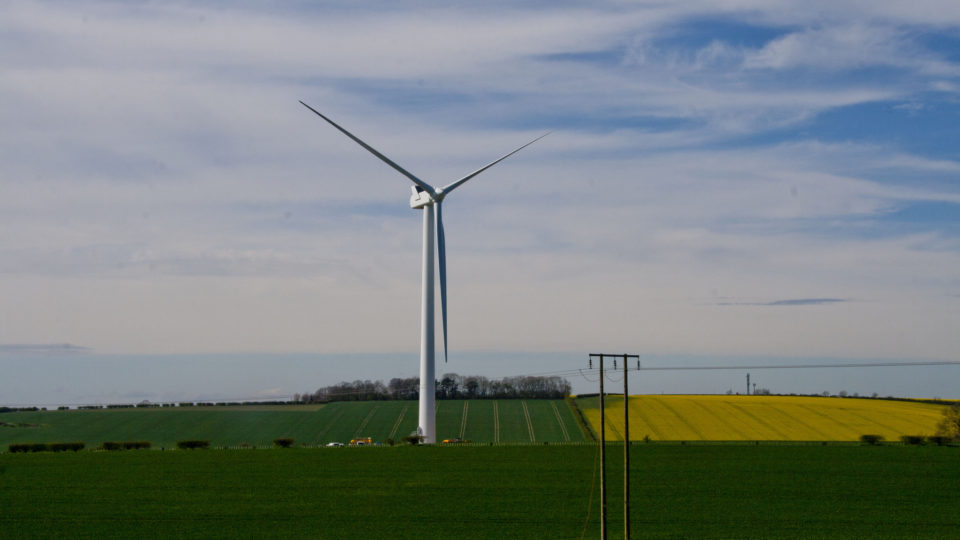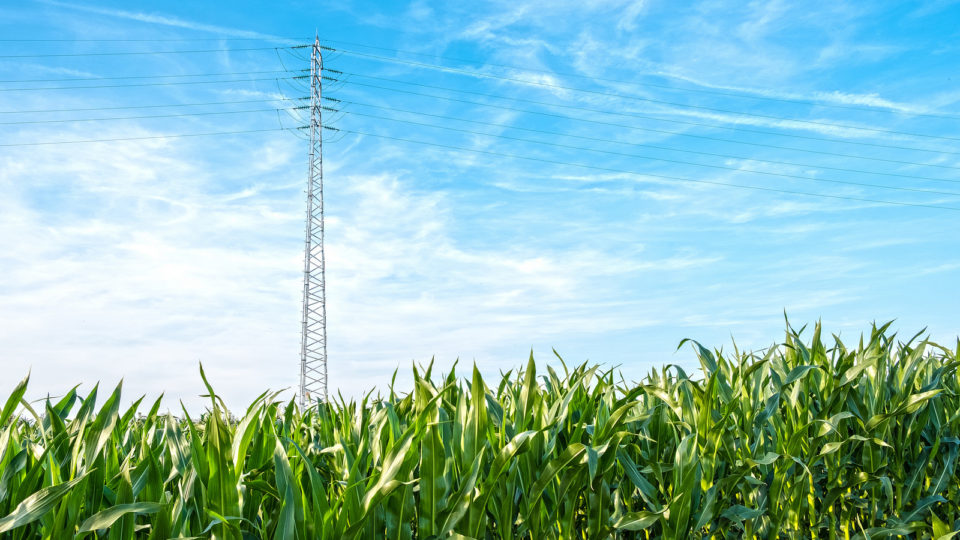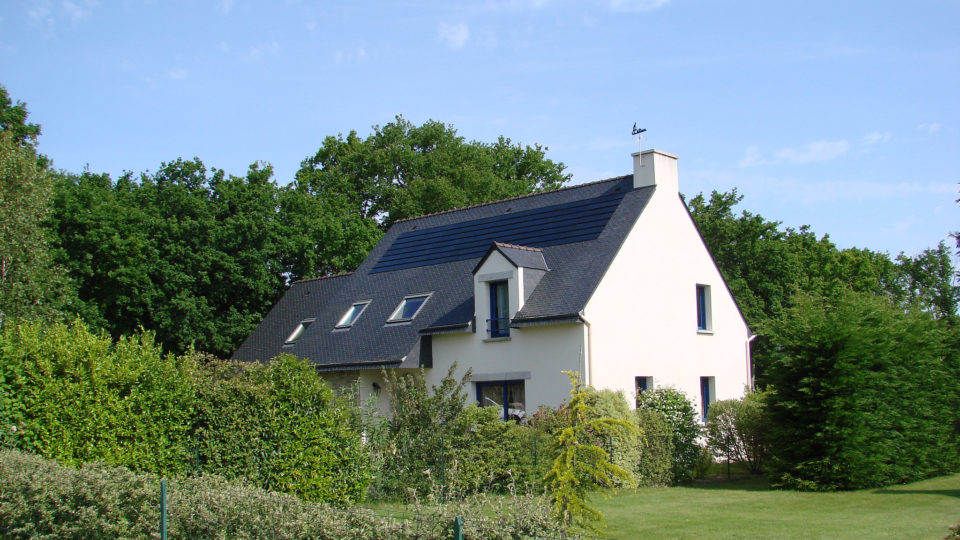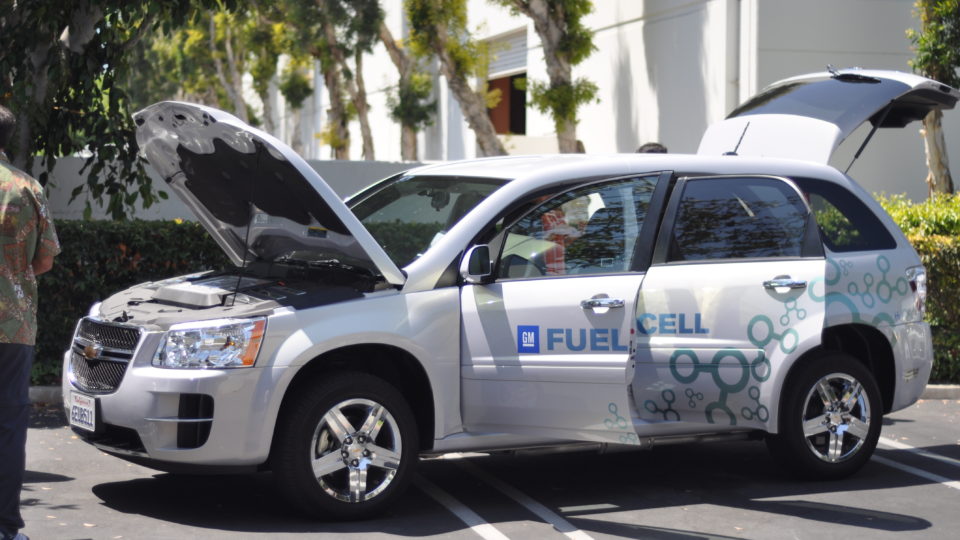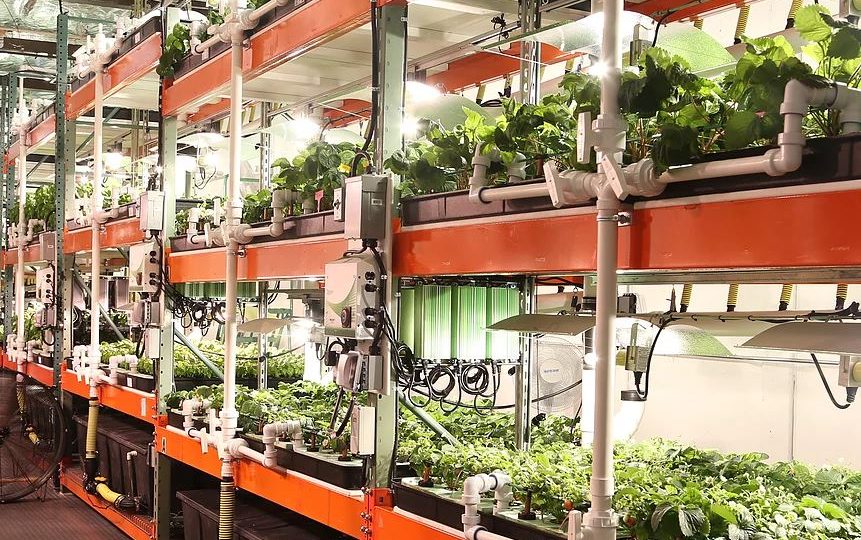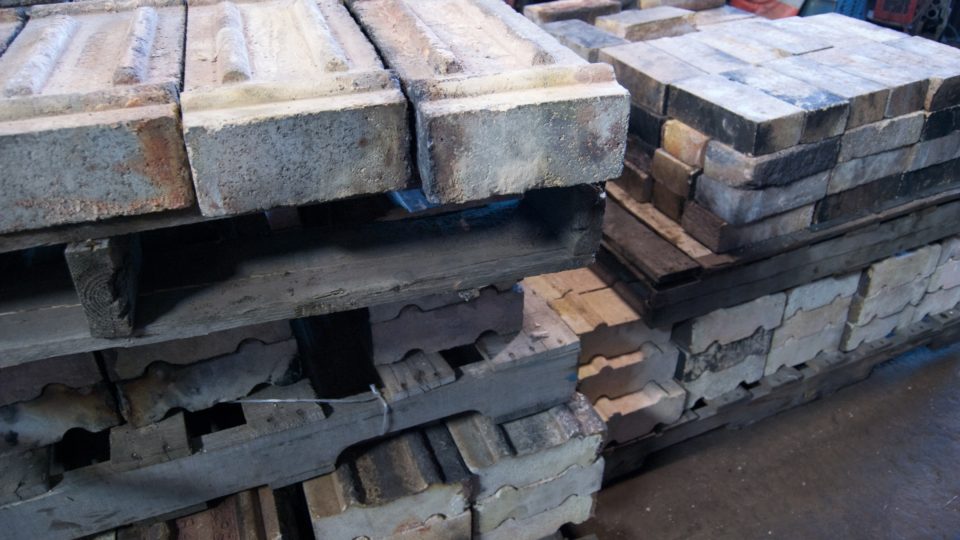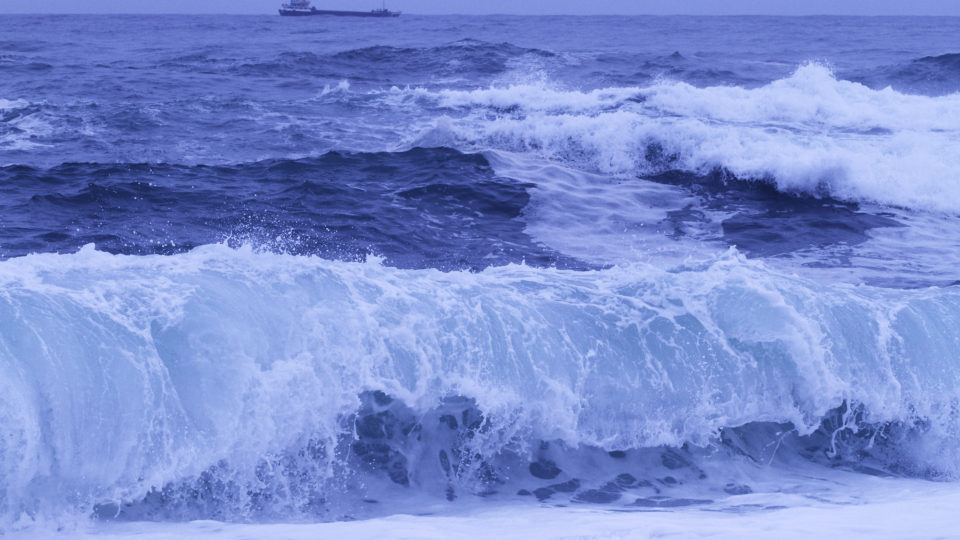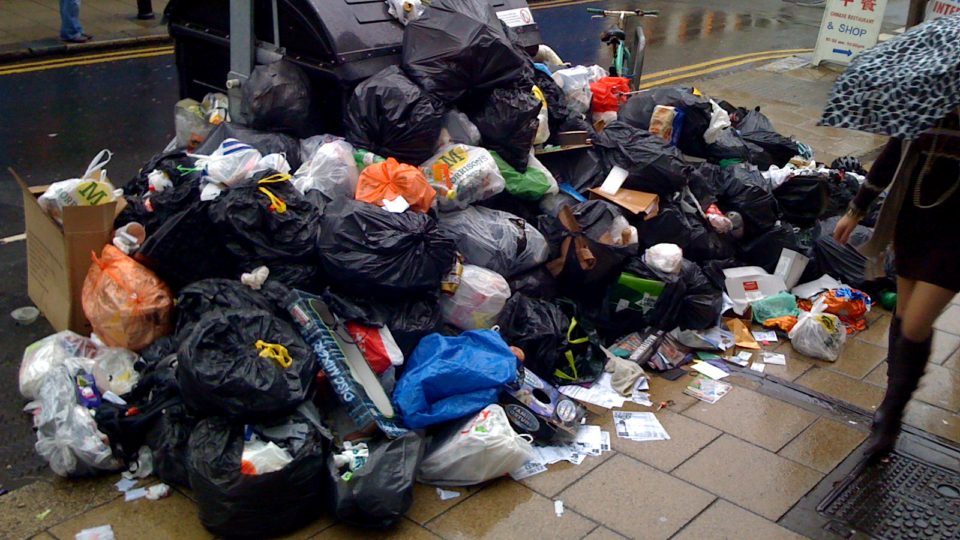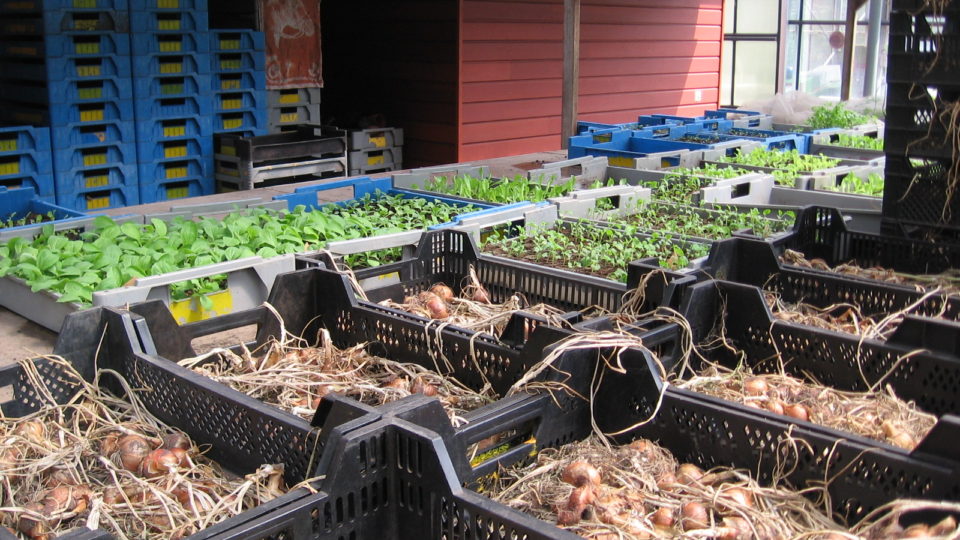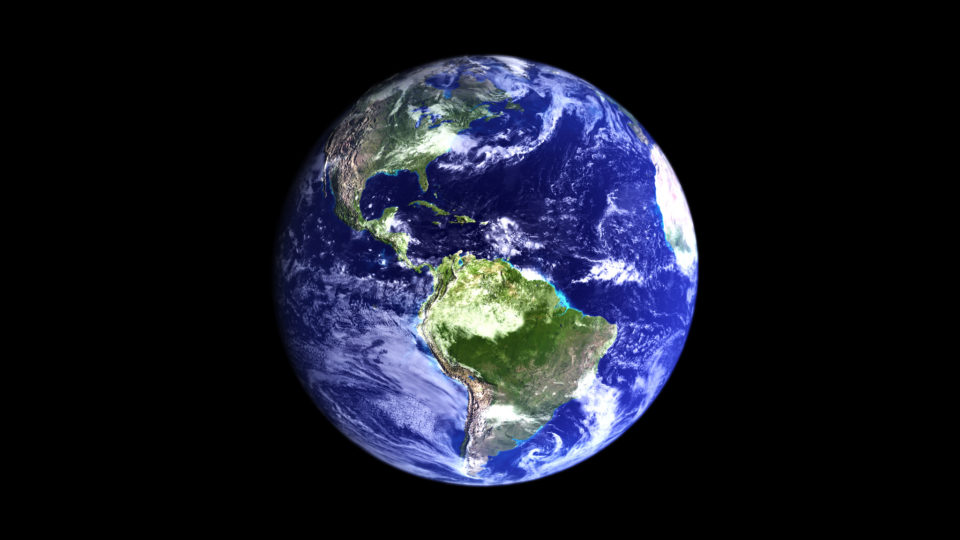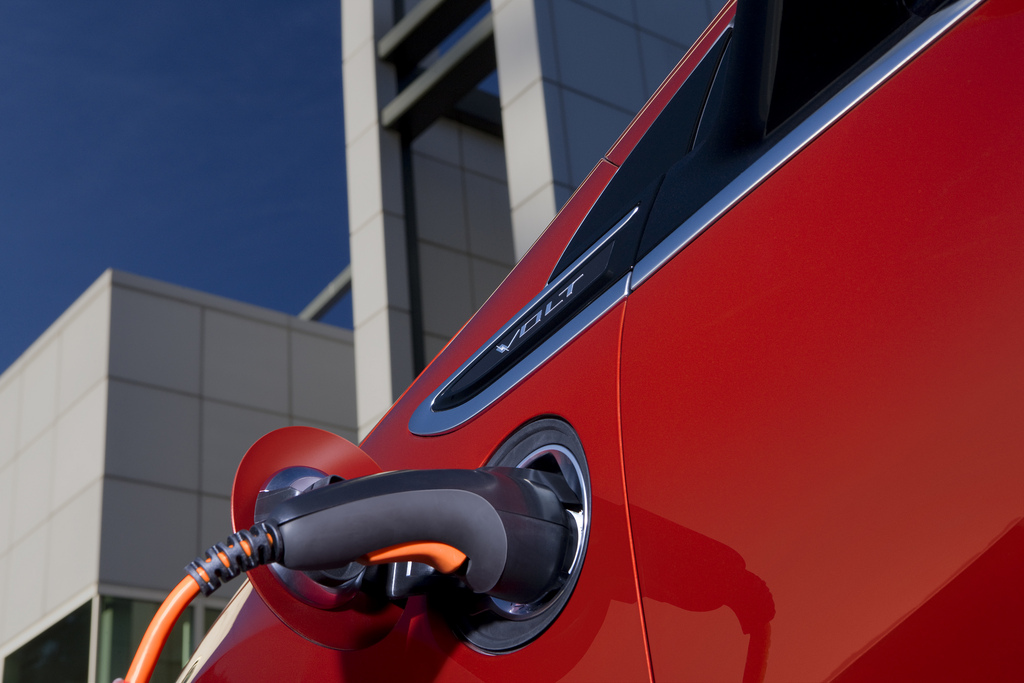Technology
Economics Of Solar And Wind Power
It is well-known that the cost of both solar and wind energy has been dropping dramatically in recent years. That trend is largely responsible for the rapid growth of both power sources. A recent study has revealed just how remarkable the economic progress has been.
Hopeful Climate Trends
In November, Syria joined the Paris Climate Accord. As a result, the United States is now the only country in the world that has rejected the global pact. Despite this embarrassing news, there is reason for optimism in the effort to stave off the worst impacts of climate change. In particular, 7 major trends provide hope that things could move in the right direction.
Geoengineering And Climate Denial
Geoengineering broadly refers to the use of sophisticated scientific techniques to deliberately make changes to the climate, for example to reverse the impacts of climate change or perhaps pull greenhouse gases out of the atmosphere.
Turning Biofuel Waste Into Valuable Chemicals
When biofuels are made, tough plant material is left over as waste. The material is lignin, which is a main component of plant cell walls that gives plants their structural integrity. Lignin is made up of many valuable compounds, but taking it apart to extract them is very difficult.
[Read more…] about Turning Biofuel Waste Into Valuable Chemicals

